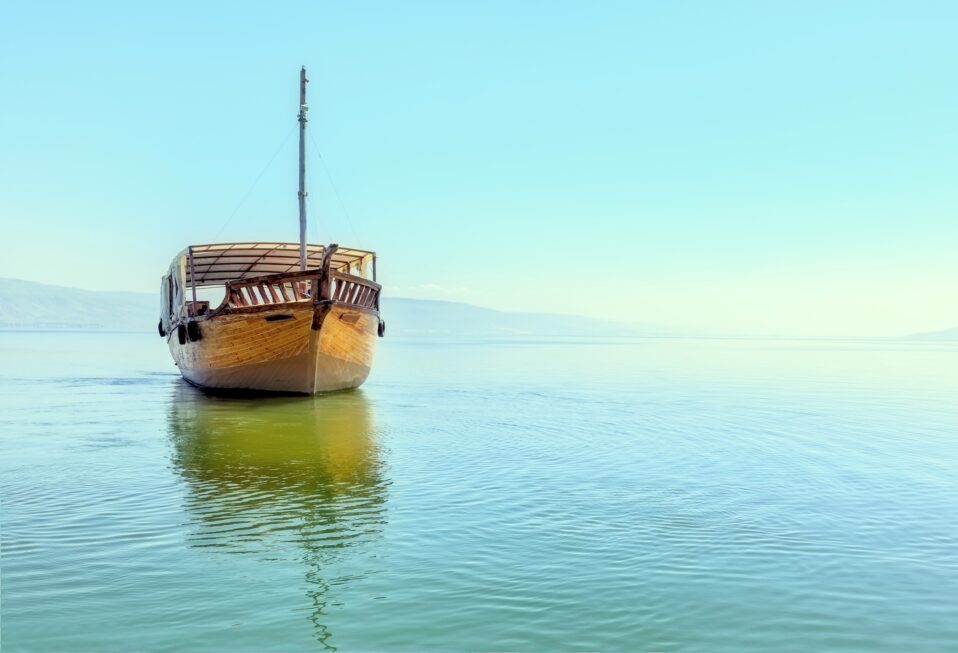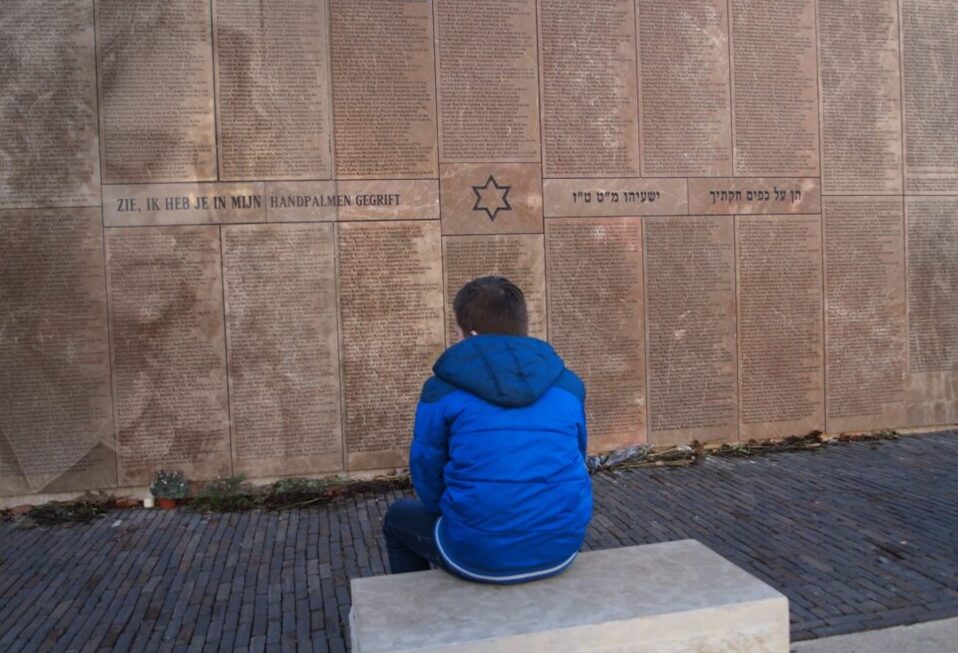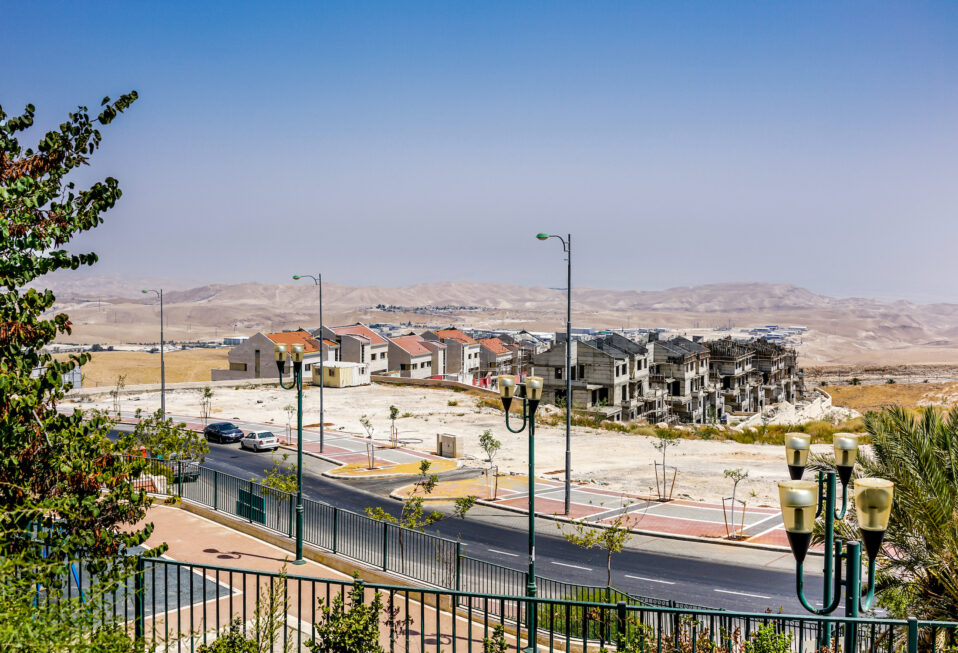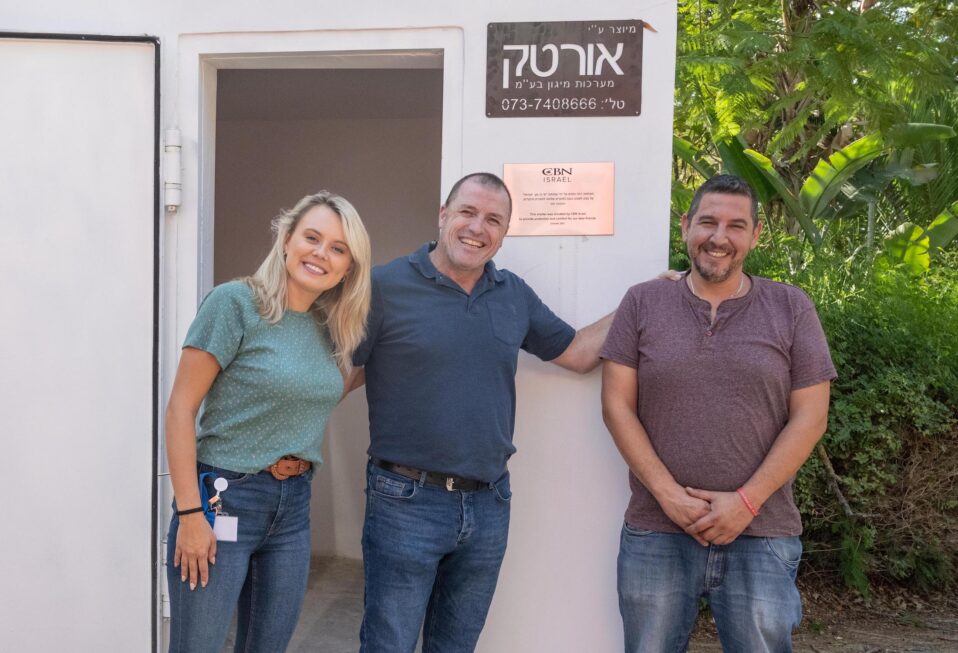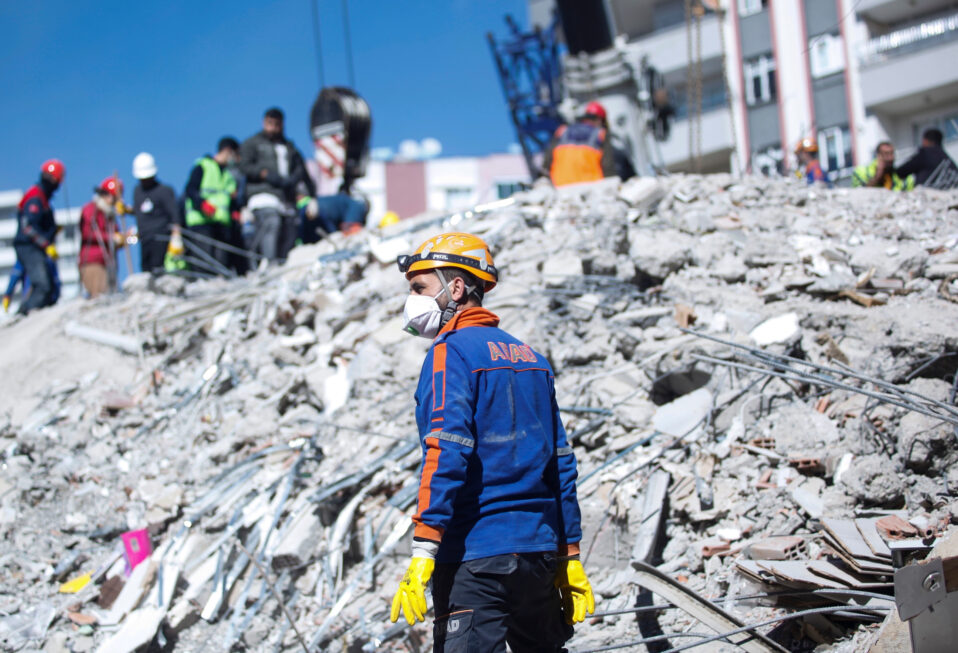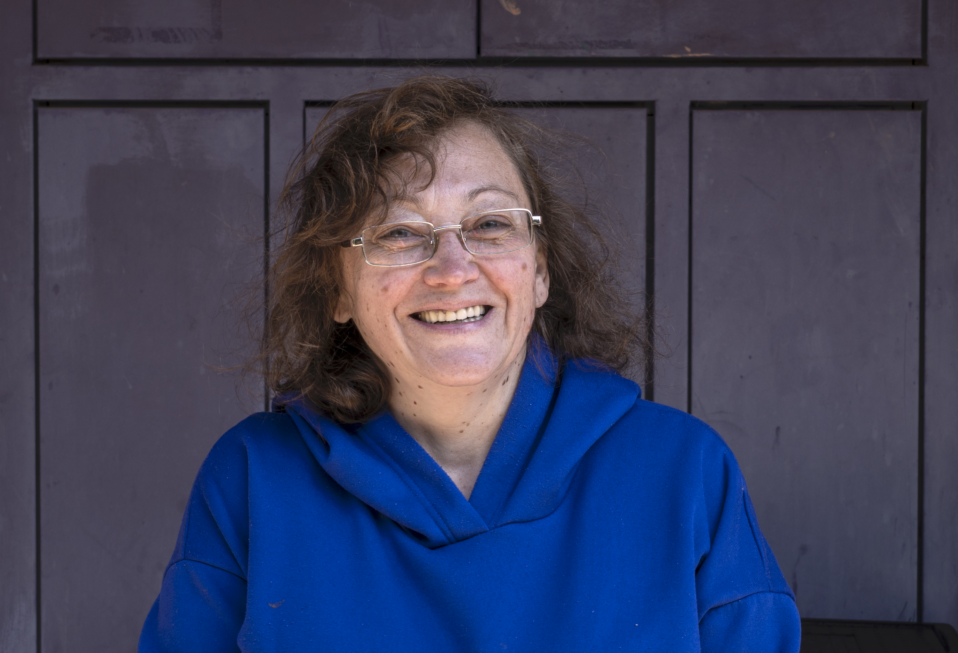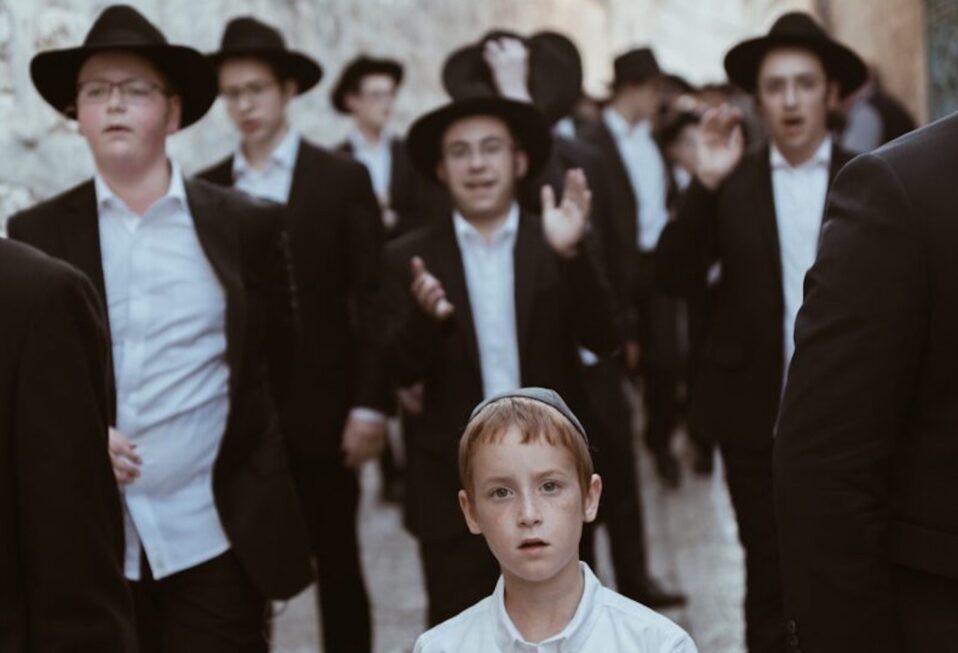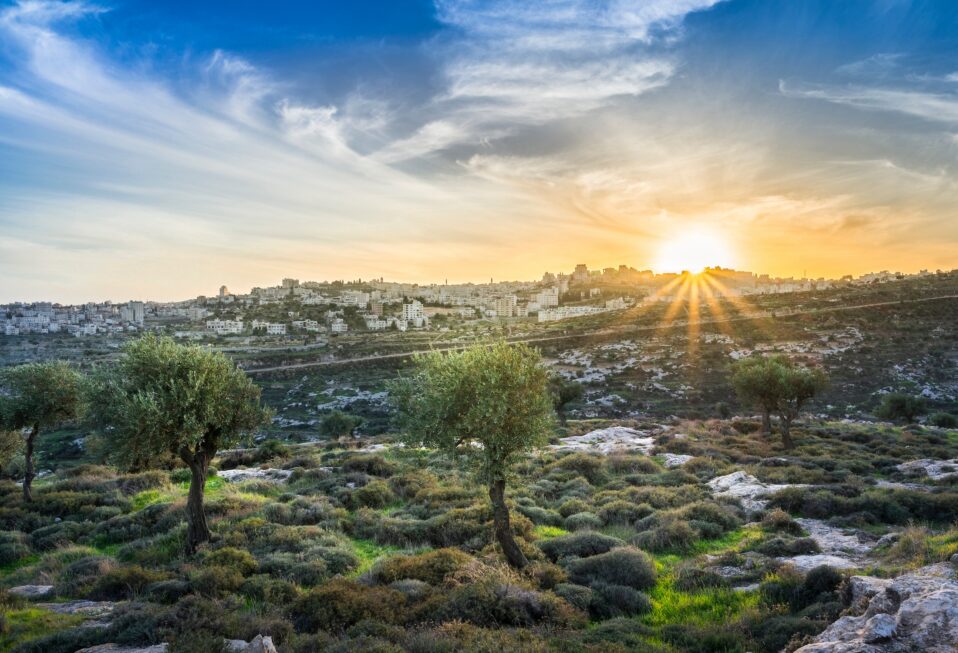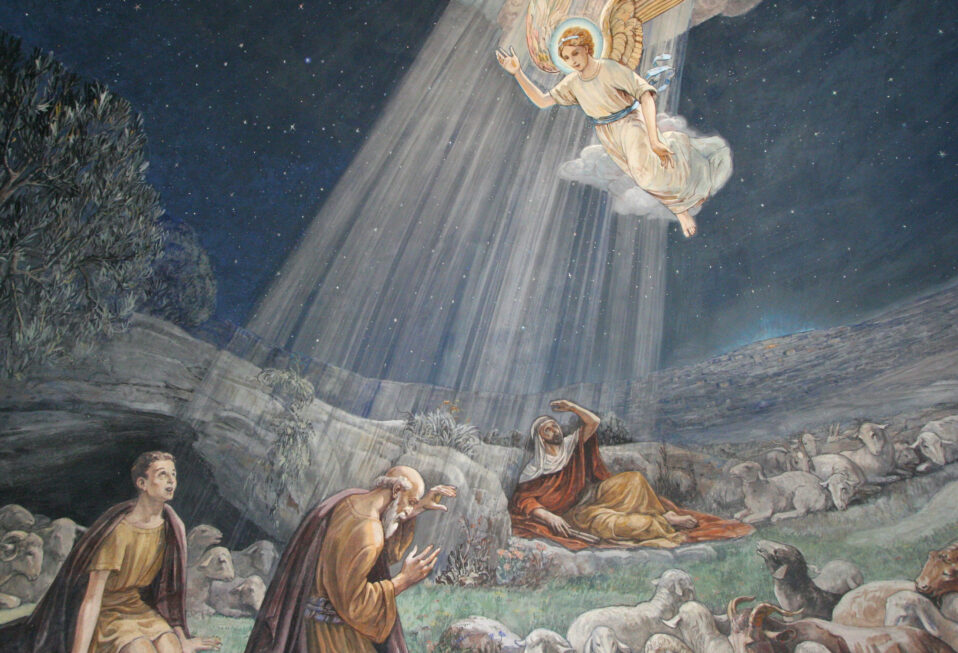Replacement theology refers to the faulty belief that God replaced Israel as His chosen people with the Church. According to those who hold this view, God’s promises to Israel now belong to the Church, and His plans no longer extend to the Jewish people or Israel. The origins of this belief are ancient. They stem from social and theological forces.
Ancient Judaism attracted non-Jews. Most chose not to identify fully with Judaism, which required a man to undergo the rite of circumcision. So too, the Jewish commandments proved too hard for non-Jews and alienated them from their families and civic identities. Non-Jews attracted to Judaism were called God-fearers (or God-worshippers).
The Jewish followers of Jesus attracted non-Jews as well. The Jewish followers of Jesus decided non-Jews could remain non-Jews, but they had to avoid meat sacrificed to idols, prohibited sexual unions, and bloodshed. Jesus’ community required them to adopt a Jewish morality without fully converting to Judaism. They lived Jewishly without being fully part of the Jewish community. This was Paul’s position as well.
Non-Jews stood on the edge of the synagogue, not fully part of the community. This created an inferiority complex, a sense of being an outsider. Such feelings can produce resentment over time. They can be overcome by the outsiders concluding they represent the true faith. Jews failed, and God rejected them. Their laws were null and a hinderance to salvation. Scattered evidence of this logic appears among non-Jews prior to the rise of Christianity, but with the rise of Christianity, these ideas became more widespread as Christianity showed itself as the true religion and Israel’s replacement.
An apocryphal work known as Fifth Ezra reflects this belief. This work likely dates to the second century A.D. Preserved in Latin, it was originally written in Greek. The author proclaims, “What can I do about you Jacob? You would not listen to me, Judah. I will turn to another nation and give it my name in order that they may keep my decrees. Because you have forsaken me, I will forsake you…I am going to deliver your houses to a coming people who, though they have not heard me, believe; [those] to whom I showed no signs will do what I decreed. They did not see the prophets, yet they will keep in mind their time-honored [admonitions]” (1:24-25, 35-36).
Justin Martyr (about A.D. 100-165) also embraced this belief. In his Dialogue with Trypho a Jew, he interpreted Genesis 9:27 as, “Accordingly, as two peoples were blessed—those from Shem, and those from Japhet—and as the offspring of Shem were decreed first to possess the dwellings of Canaan, and the offspring of Japhet were predicted as in turn receiving the same possessions…so Christ has come calling men to…a living together of all the saints in the same land whose possession He promised, as has already been proven.
Whence men from all parts, whether slave or free, who believe in Christ and know the truth in His and the prophets’ words, know that they will be with Him in that land, there to inherit the things that are eternal and incorruptible” (139:4-5). Justin elsewhere described Gentile Christians as the “true Israel” (Dialogue 11:5; 120:5). The idea emerged quite early within Gentile Christianity that God had rejected the Jews, and their laws were not relevant.
It is critical that Christians understand the dangers of these distorted beliefs. For centuries, sermons and writings espousing replacement theology have planted the seeds of anti-Judaism and anti-Semitism. Not only did this lead to widespread discrimination and violence against the Jewish community in much of Western society; it left the door wide open for six million Jews to be murdered in the Holocaust.
While not all Christian groups accept this theology, it has seen a resurgence in recent years within many Christian circles, and it is absolutely imperative that we oppose and root out this toxic thinking.
Marc Turnage is President/CEO of Biblical Expeditions. He is an authority on ancient Judaism and Christian origins. He has published widely for both academic and popular audiences. His most recent book, Windows into the Bible, was named by Outreach Magazine as one of its top 100 Christian living resources. Marc is a widely sought-after speaker and a gifted teacher. He has been guiding groups to the lands of the Bible—Israel, Jordan, Egypt, Turkey, Greece, and Italy—for over twenty years.
Website: WITBUniversity.com
Facebook: @witbuniversity
Podcast: Windows into the Bible Podcast



